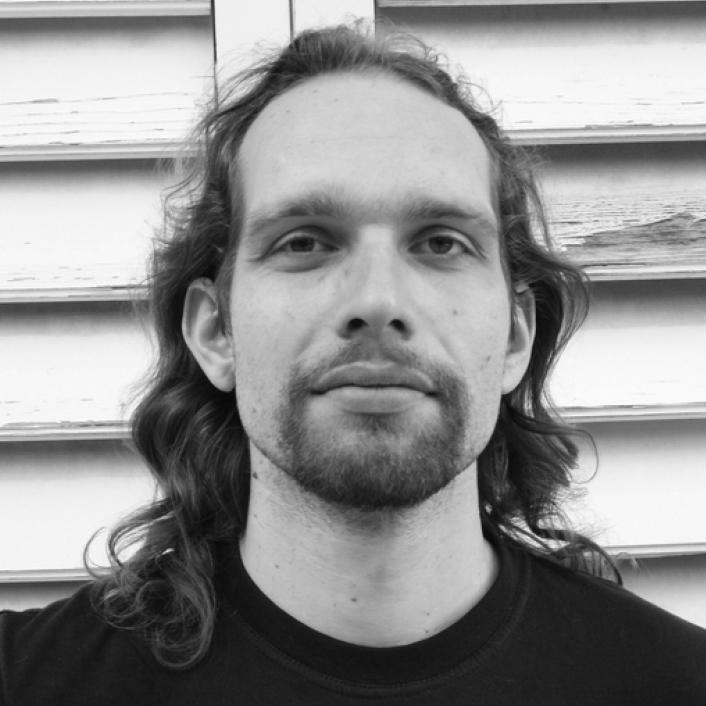The school of longsword fighting, which reached its classical form in 14. and 15th century. The characteristics of German fencing stem from the two-handed grip of the weapon, the focus on the section and point, and the movement in space.

Lecturers
Jan “Čenda” Zeman
He works in: České Budějovice, Tábor
Petr “Tajmi” Theimer
He works in: Prague
Petr Nůsek A.R.G.O.
He works in: České Budějovice, Český Krumlov, Prague, Tábor
German School of Fencing
The tradition of trained fencing founded by Master Lichtenauer in the 14th century in Central Europe. Lichtenauer’s art (Kunst des Fechtens), recorded in a condensed and difficult to understand form of verse teachings (the so-called Zedel/s), was preserved, commented on and developed by a number of his pupils (Paulus Kal, Hanko Döbringer, Sigmund Ringeck, Peter von Danzig). Among the influential masters who drew directly or indirectly on this tradition, we should mention in particular Hans Talhoffer, whose work was popular and survives in many versions. In the 16th century the doctrine is developed by Joachim Meyer in the spirit and style of Renaissance warfare, and Paulus Hector Mair creates a huge and narrative compendium of combat with various weapons. In addition to the longsword, the manuscripts deal with a number of other period weapons. Of particular interest is the fang, best represented by the work of master Lecküchner, but also polearms, the dagger, the combination of sword and fist plate, we find treatises for fighting on horseback, in and without armour.
The German School taught within the Magisterium is not a literal reconstruction of one selected German master and his terminology, but is a systematized excerpt and interpretation of contemporary treatises, so as to not only respect the characteristic period techniques as much as possible, but also to enable their safe rehearsal and staging. The system reconstructed by Ing. Peter Koza is optimized with regard to didactics, coherence and meaningfulness of techniques and already serves as a solid foundation for further development – whether in the direction of historical reconstruction, sports and recreational retreat or staging.
The German school taught within the A.K.A. (A.R.G.O.) studios uses the system and know-how of the Magisterium and builds in the pupils above all the basics of correct movement habits, a sense of pace and distance and purity of movement. Petr Nůsek A.R.G.O. develops this foundation in the categories of safe performance and movement culture. The priority aspect of the training is safety, safe and conscious control of the weapon and one’s own body in standard and non-standard conditions. The technical content of the training consists in teaching falls and rolls with the weapon, manipulation of the weapon (movement, holding, feeding, throwing), emphasis is placed on linear steps and in space, basic attacks with the slash and point with a focus on accuracy and timeliness. Advanced techniques such as various passive and active covers, retaliation, multiple attacks, transfers, etc. are taught in a historical, step and staging context and students learn not only the external form of movement, but also fencing thinking.



